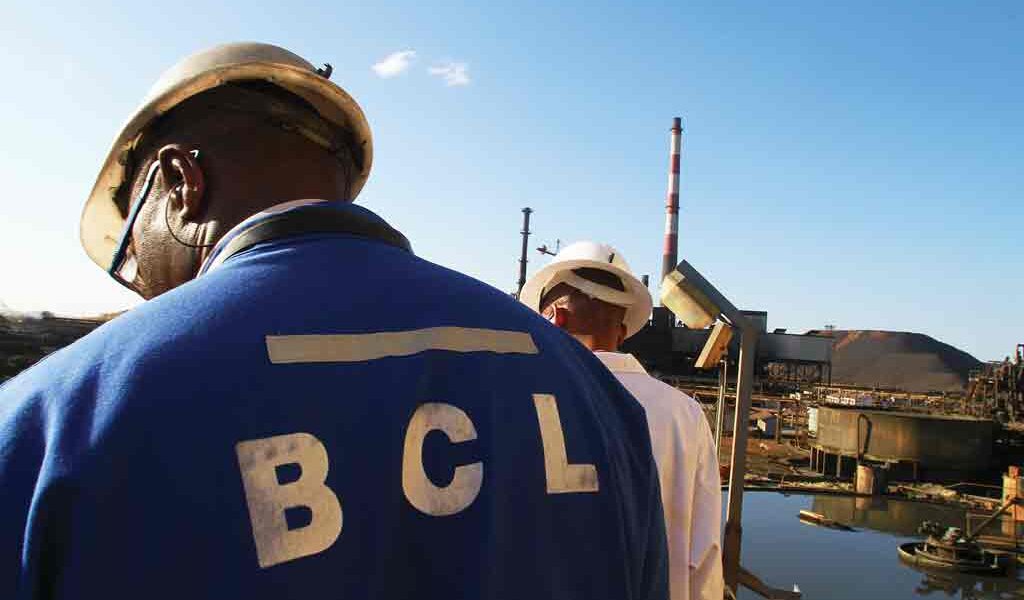- Service providers owed almost P1 billion
- Norilsk owed P3bn
- Re-starting smelter would need billions
- Gov’t could dip into foreign reserves
- Smelter needs billions to restart
GAZETTE REPORTER
While the nation celebrates the possibilities of copper mine BCL Limited steaming back to life under instructions of President Mokgweetsi Masisi, the reality is that the taxpayer will foot almost P10 billion to restart the mine.
BCL Limited was placed under provisional liquidation, in October 2016, after the then President Ian Khama’s administration felt that the shrunk copper prices were unprofitable and could not sustain BCL. Copper prices had declined to around US$3000 per tonne. During that time, government announced in Selibe Phikwe that BCL has failed to pay contractors and service providers a consolidated P6 billion in debt, hence the liquidation.
The High Court of Botswana then appointed Nigel Dixon-Warren as provisional liquidator. Two years down copper prices have rebound and Masisi has reportedly taken a decision to re-open the mine. Copper prices have doubled to over US$6000 per tonne, and are expected to rise, should global geo-politics continue to favour growth. Observers say that, while indeed copper prices are favourable, driven by demand for base metals in the US and China, Masisi’s decision could be a political campaign ahead of the general elections which are 13 months away.
Observers say that Masisi’s administration will have to pay billions in Pula to re-open the copper mine. Since the liquidation was instructed from the High Court, legal experts say that government will have to approach the High Court and apply for the mine to be removed under liquidation, with arguments that the shareholders have secured funding for BCL to re-honour its financial obligations, which run into billions. When the mine was shut down, government announced that it was P6 billion in the red. Government had entered into an agreement to acquire Nkomati Mine in South Africa from Russian company Norilsk Nickel, and thus, government owes the company P3 billion. Should the High Court lift the liquidation, government will have to settle the P3 billion.
Further, evidence shows that BCL has an outstanding debt of P552 million to different suppliers.
Some of the major companies that are owed include Botswana Power Corporation (BPC) at a whopping P211 million in unpaid bills. The Water Utilities Corporation (WUC) was owed a combined P50 million by the time BCL was placed under liquidation.
The two utility providers have been touting retrenchment for the longest time owing to losses made. Copper produced by BCL Mine was transported using Botswana Railways. Documents show that BCL shut down operations taking down P5 million in unpaid debt to Botswana Railways, another struggling quasi government institution.
It is understood however that the longer the smelter stays shut down, some parts of it will rust and sustain cohesion damage as well. In previous engagements, Liquidator Dixon-Warren said that due to previous rainfalls, the smelter is accumulating water which is causing further damage to its linings and making it hard for the care and maintenance team to effectively keep it in good condition.
The provisional liquidator said that when he was appointed on the 6th of October last year, he found that BCL Management had been instructed by cabinet to shut down the BCL smelter. Furthermore, the provisional liquidator said that he engaged a company called Outotec to make an assessment and advise if the Smelter should be kept running or not. “Looking at possibilities that the smelter could be back in use in the next 18 months, the company advises that costs of keeping it operational would be heavy,” he said.
The smelter was a strategic asset in the beneficiation of copper and nickel in the SADC region. Just before the BCL was shut down, the company spent P754 million to service and refurbish the smelter. The money was spent at a time when the smelter was operational, and had not incurred extra damages. Having been shut down in 2016, sources say it will cost government more than P1 billion, to service and bring the smelter back to life.

